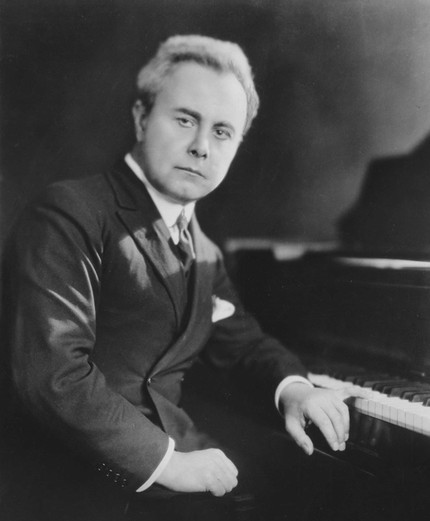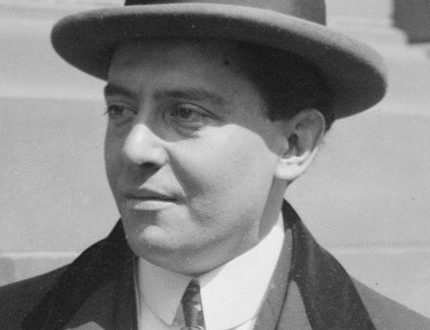
Josef Hofmann |
Joseph Hofmann

American pianist and composer of Polish origin. Born into a family of musicians: his father, Kazimir Hoffman, was a pianist, his mother sang in the Krakow operetta. At the age of three, Joseph received his first music lessons from his father, and, having shown great talent, he soon began to perform as a pianist and even a composer (he also had good abilities in mathematics, mechanics and other exact sciences).
After touring Europe, Hoffmann made his US debut on November 29, 1887 with a concert at the Metropolitan Opera House, where he brilliantly performed Beethoven’s First Concerto, and also improvised on themes proposed by the audience, causing a real sensation among the public.
Admired by the art of the young musician, the American glass magnate Alfred Clark gave him fifty thousand dollars, which allowed the family to return to Europe, where Hoffmann could continue his studies in peace. For some time, Moritz Moszkowski was his teacher, but then Hoffmann became the only private student of Anton Rubinstein (who lived at that time in Dresden), who had a huge influence on his creative views.
Since 1894, Hoffmann again began to perform in public, no longer as a child prodigy, but as a mature artist. After he performed Rubinstein’s Fourth Concerto in Hamburg under the direction of the author, the latter said that there was nothing more to teach him, and stopped studying with him.
At the turn of the century, Hoffmann was one of the most famous and sought-after pianists in the world: his concerts were held with great success in Great Britain, Russia, the USA, South America, everywhere with a full house. At one of the series of concerts in St. Petersburg, he impressed the audience by playing more than two hundred and fifty different pieces in ten performances. In 1903 and 1904, Hoffmann performed in St. Petersburg together with Kubelik, so that, according to the memoirs of O. Mandelstam, “in the mind of the then Petersburger, they merged into one image. Like twins, they were the same height and the same color. Below average height, almost short, hair blacker than a raven’s wing. Both had very low foreheads and very small hands. Both now seem to me like the premieres of the Lilliputian troupe.
In 1914, Hoffmann emigrated to the United States, where he soon became a citizen and continued to perform. In 1924, he accepted an offer to head the newly founded Curtis Institute of Music in Philadelphia, and led it until 1938. During his leadership, the institute went global, becoming an excellent school for many famous future musicians.
Hoffmann’s active performances continued until the early 1940s, his last concert took place in New York in 1946. In the last years of his life, Hoffmann was enthusiastically engaged in developments in the field of sound recording and mechanics: he owns several dozen patents for various improvements in the piano mechanism, and also on the invention of “wipers” and air springs for the car and other devices.
Hoffmann is rightfully considered one of the greatest pianists of the 1887th century. Brilliant technique, coupled with an unusual rhythmic imagination, allowed him to play with elemental power and strength, and thanks to his excellent memory, he could not worry about “restoring” a work once played before the next concert. The pianist’s repertoire was quite narrow: he was essentially limited to the heritage of the first half of the XNUMXth century – from Beethoven to Liszt, but almost never performed the music of his contemporary composers. Even Sergei Rachmaninov’s Third Piano Concerto dedicated to Hoffmann, whose work Rachmaninoff himself greatly appreciated, was not an exception. Hoffmann was one of the first musicians in history to record his performance in XNUMX on a phonograph, but subsequently recorded very rarely in the studio. A large number of Hoffmann’s recordings that have survived to this day were made at concerts.
Hoffmann is the author of about a hundred compositions (published under the pseudonym Michel Dvorsky), two books on the art of playing the piano: “Advice to Young Pianists” and “Piano Playing”.





